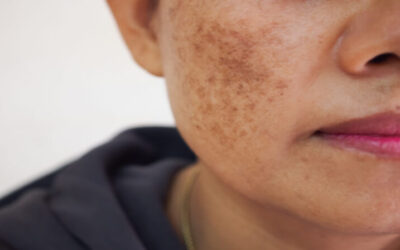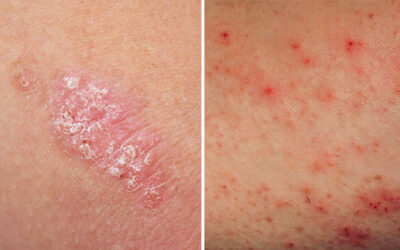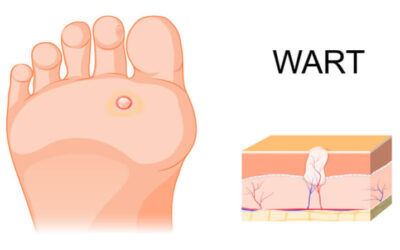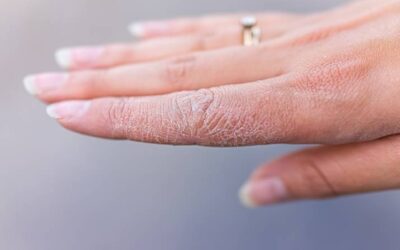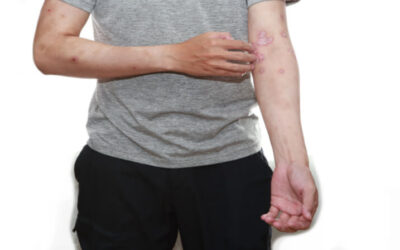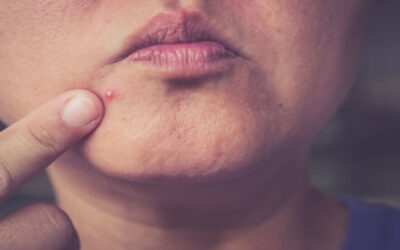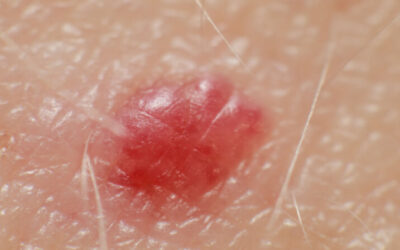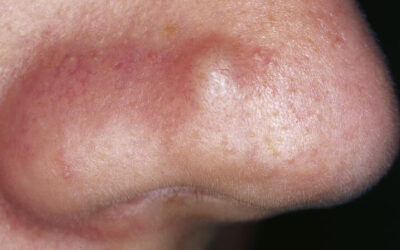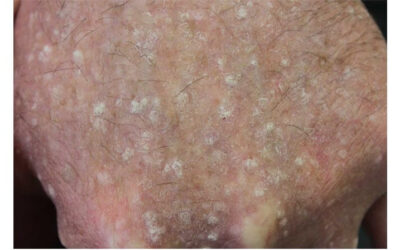Are you seeing round and dark patches on your skin that seem to grow in numbers. Here’s a detailed guide on what it is and how to treat it.
What is seborrheic keratosis
Seborrheic keratosis is a common noncancerous skin growth. It appears as you get older and are usually slightly raised brown, black or light tan waxy or scaly growths.
These growths are harmless and do not pose any health risks.
What causes seborrheic keratosis
Seborrheic keratosis is not a viral skin infection, nor is it contagious. Experts find no reason for what triggers seborrheic keratosis. Yet, several factors contribute to its sudden appearance.
Below are the factors that cause seborrheic keratosis:
- Age. You can begin developing Seborrheic Keratosis as you get older.
- Family history. This skin growth is hereditary if you have family members who have it.
- Sun exposure. The sun may play a role in causing seborrheic keratoses. Studies suggest that these growths develop on skin that’s gotten lots of sun.
Seborrheic keratosis symptoms
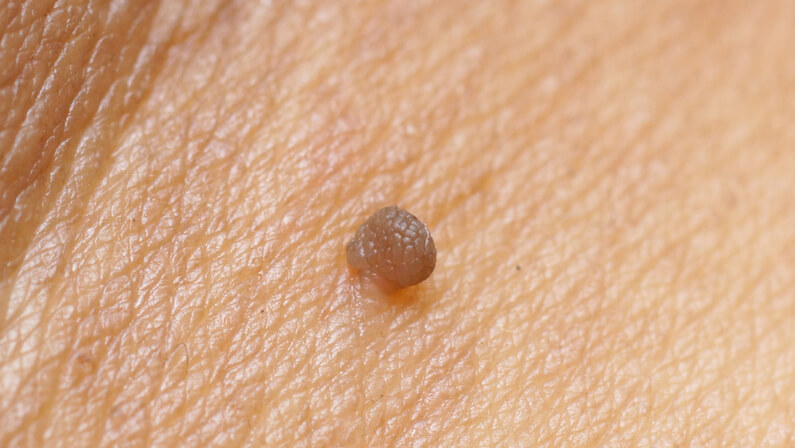
Identifying symptoms starts with determining what this skin growth looks like.
Common seborrheic keratosis symptoms and signs may include:
- Round or Oval-shaped bumps. It seems like a wart with scaly surfaces.
- Dark color. The most common colors range from brown, black, or light tan.
- Slightly raised and has a waxy or rough texture.
- Common in face, chest, shoulders, and back
- Varies in size. from very small to more than 1 inch.
- Clustered growths. Usually around the eyes or elsewhere on the face
When to treat seborrheic keratosis
Skin Cancer Specialists recommend seborrheic keratosis treatment and removal if the following occurs:
- Itchiness.
- Irritation.
- Bleeding.
- Discomfort.
- Unsightly appearance.
If these factors affect you, consider having them removed by one of our Board Certified Dermatologists.
How to treat seborrheic keratosis
Generally, you do not need to remove seborrheic keratosis since they are noncancerous. However, if you want to, Skin Cancer Specialists provide removal and treatment.
The following method is how we get rid of seborrheic keratosis.
Cryotherapy
Cryotherapy is freezing the seborrheic keratosis using liquid nitrogen to remove the growth.
This method treats seborrheic keratosis and can be quick and painless. You can have the removal done at any Skin Cancer Specialists location in Sugar Land, Conroe, Katy, and Houston, Texas.
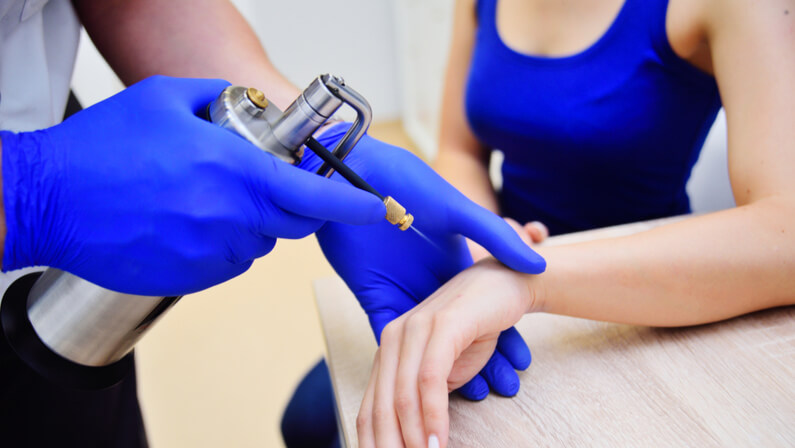
What to expect after seborrheic keratosis removal?
After your doctor removes the growth, your skin may be lighter at the removal site. Over time, the skin difference will fade
However, it may reappear in another area even after removing the growth.
How is seborrheic keratosis diagnosed?
Skin Cancer Specialists diagnose seborrheic keratosis using these steps.
- Examination. Dermatologists start with evaluating the area and initial consultation. They will have to identify what triggers seborrheic keratosis on your skin.
- Dermoscopy. Since it is usually hard to differentiate from other skin growths, your doctor performs this method to confirm your seborrheic keratosis symptoms.
- Biopsy. Your doctor may need a biopsy if there is a health risk. This medical test takes a sample for further lab examination.
Consult a skin cancer specialist

Diagnosis and removal should be performed only by a trained healthcare professional.
Remember, if you do it without the supervision of a dermatologist, it can lead to bleeding, inflammation, and infection.
Skin Cancer Specialists is here to treat your skin condition. Our experts can guide you through the process before and after seborrheic keratosis removal.
Contact Skin Cancer Specialists today and book in any Sugar Land, Conroe, Katy, and Houston, Texas locations.


